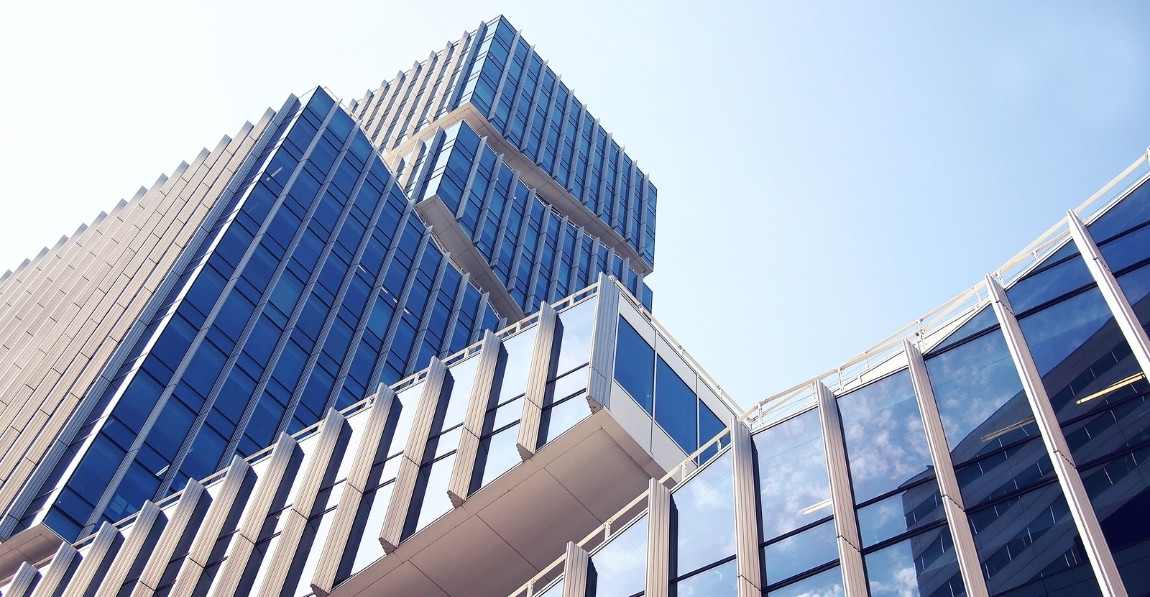Commercial Design
Designing Tomorrow's Spaces, The Role of Commercial Design in Modern Business Environments
Commercial design plays a pivotal role in shaping the physical environment of businesses, influencing everything from employee productivity and brand perception to customer experience and market competitiveness. In today's dynamic business landscape, the design of commercial spaces goes beyond aesthetics, serving as a strategic tool for enhancing performance, fostering innovation, and driving growth.
Optimizing Workspace Functionality:
One of the primary objectives of commercial design is to optimize the functionality of workspace environments. Designing efficient layouts, ergonomic workstations, and collaborative areas fosters productivity and creativity among employees. By integrating flexible workspaces, technology-enabled meeting rooms, and breakout areas, commercial designers create dynamic environments that accommodate diverse work styles and foster collaboration and innovation.
Reflecting Brand Identity:
Commercial design plays a crucial role in reflecting and reinforcing the brand identity of businesses. From corporate offices to retail stores and hospitality venues, the design of commercial spaces communicates the values, personality, and culture of the brand. Through strategic use of color schemes, materials, signage, and architectural elements, commercial designers create immersive brand experiences that resonate with customers and stakeholders, strengthening brand loyalty and recognition.
Enhancing Employee Engagement:
The design of commercial spaces has a significant impact on employee engagement and satisfaction. Well-designed work environments that prioritize comfort, well-being, and flexibility contribute to higher levels of employee morale, retention, and performance. By incorporating elements such as natural light, biophilic design, and amenities such as wellness rooms and recreational areas, commercial designers create spaces that support the physical, mental, and emotional well-being of employees.
Elevating Customer Experience:
In retail and hospitality sectors, commercial design plays a critical role in shaping the customer experience. Thoughtfully designed retail stores, restaurants, and hotels create memorable and immersive experiences that differentiate brands and drive customer loyalty. By optimizing layout, circulation, and ambiance, commercial designers create inviting and engaging environments that captivate customers, encourage exploration, and stimulate sales.
Adapting to Evolving Trends:
Commercial design is inherently dynamic, constantly evolving to adapt to changing trends, technologies, and consumer preferences. From open office layouts and co-working spaces to experiential retail concepts and sustainable design practices, commercial designers embrace innovation and experimentation to stay ahead of the curve. By staying abreast of emerging trends and leveraging design trends, commercial designers create spaces that are not only aesthetically pleasing but also functionally and culturally relevant.
Commercial design is a strategic imperative for businesses seeking to create impactful and memorable experiences for employees and customers alike. By optimizing workspace functionality, reflecting brand identity, enhancing employee engagement, and elevating customer experience, commercial designers shape the physical environment in ways that drive business success and competitive advantage. As businesses continue to evolve and adapt to changing market dynamics, the role of commercial design in shaping tomorrow's spaces will remain central to their long-term viability and success.

